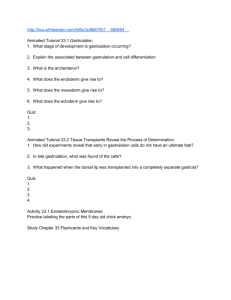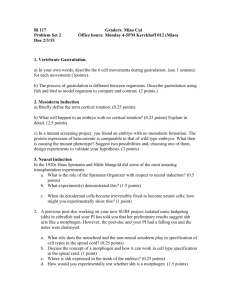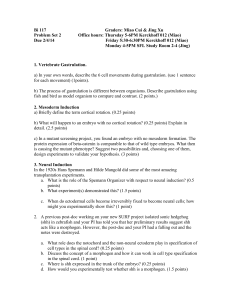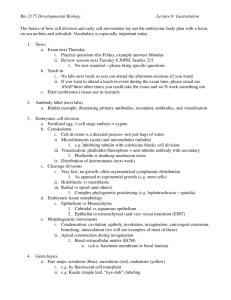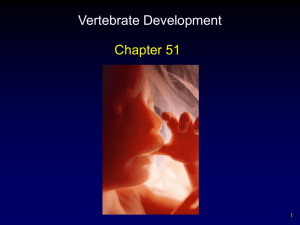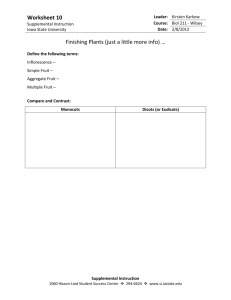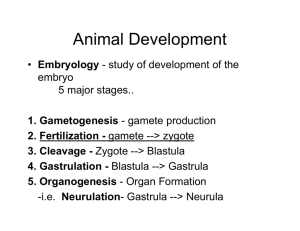Slide 1
advertisement
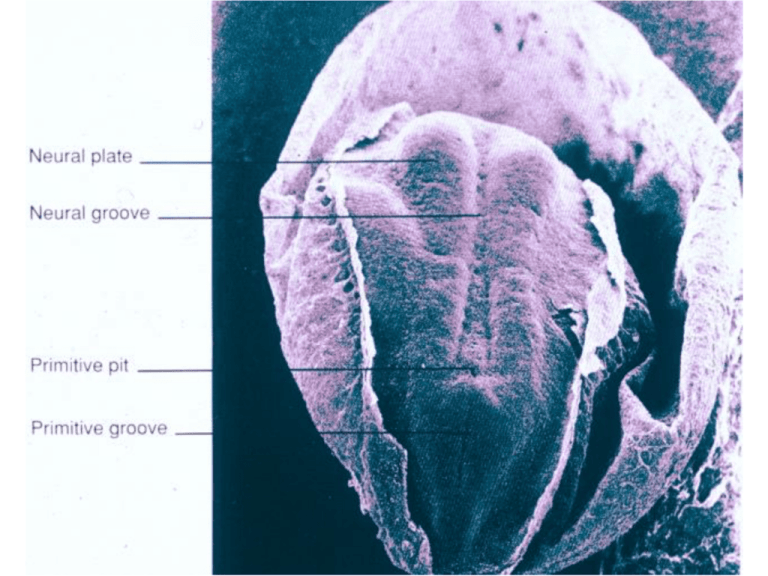
GASTRULATION AND NEURULATION:01 3 WEEK EMBRYO: Identify the AMNION, PRIMITIVE STREAK, PRIMITIVE GROOVE, PRIMITIVE PIT, NEURAL PLATE, NEURAL GROOVE. Which is the cephalic end of the embryo? GASTRULATION AND NEURULATION:02 23 DAY EMBRYO (DORSAL VIEW): Locate the cephalic and caudal ends of the embryo. Identify the CUT EDGE OF AMNION, NEURAL TUBE and SOMITES. GASTRULATION AND NEURULATION:03 24 DAY EMBRYO (LATERAL VIEW): Locate the cephalic and caudal ends of the embryo. Identify theCUT EDGE OF AMNION, NEURAL TUBE AND SOMITES. GASTRULATION AND NEURULATION:04 25 DAY EMBRYO (WHOLE MOUNT): Identify the cephalic and caudal ends of the embryo. Identify theYOLK SAC, BLOOD ISLANDS AND CARDIAC REGION. GASTRULATION AND NEURULATION:05 23 DAY EMBRYO (ANTERIOR VIEW): Identify the ANTERIOR NEUROPORE, CARDIAC BULGE AND OROPHARYNGEAL MEMBRANE. GASTRULATION AND NEURULATION:06 26 DAY EMBRYO (CROSS SECTION): In this slide identify the NEURAL TUBE, PAIRED DORSAL AORTAE, FOREGUT, SOMITE MESODERM, INTERMEDIATE MESODERM, LATERAL MESODERM AND NOTOCHORD. GASTRULATION AND NEURULATION:07 5 WEEK ANENCEPHALIC EMBRYO: Discuss the possible causes and development of the ANENCEPHALIC EMBRYO. GASTRULATION AND NEURULATION:08 38 DAY FETUS WITH ENCEPHALOCELE. How does this condition arise? GASTRULATION AND NEURULATION:09 5 MONTH ANENCEPHALIC FETUS: Recognize the diagnostic features of anencephaly in this ultrasound. GASTRULATION AND NEURULATION:10 16 WEEK FETUS WITH ENCEPHALOCELE. GASTRULATION AND NEURULATION:11 NEWBORN WITH HEMICRANIA WITH HIGH MYELOCELE: What structures are involved in this defect? GASTRULATION AND NEURULATION:12 NEWBORN ANENCEPHALIC: What structures are missing in this infant GASTRULATION AND NEURULATION:13 PARTIAL ANTERIOR HEMICRANIA: Differentiate between anencephaly and hemicrania. GASTRULATION AND NEURULATION:14 PARTIAL ANTERIOR HEMICRANIA (INTERNAL): What do you notice about the internal anatomy of this infant? Discuss some of the ethical implications associated with this type of developmental defect? GASTRULATION AND NEURULATION:15 THORACO-LUMBAR MENINGOMYELOCELE: Describe the characteristic features of the congenital defect. What are the long term consequences? GASTRULATION AND NEURULATION:16 THORACO-LUMBAR MENINGOMYELOCELE (CLOSE UP VIEW): What is covering the lesion? GASTRULATION AND NEURULATION:17 THORACO-LUMBAR MYELOCELE: What is the difference between this defect and a meningomyelocele? What are the long term consequences? GASTRULATION AND NEURULATION:18 SPINA BIFIDA OCCULTA: Describe the development and long term effects of this defect. GASTRULATION AND NEURULATION:19 SACROCOCCYGEAL TERATOMA. What embryonic structure gave rise to this tumor? What types of tissue would you expect to find in this neoplasm?
